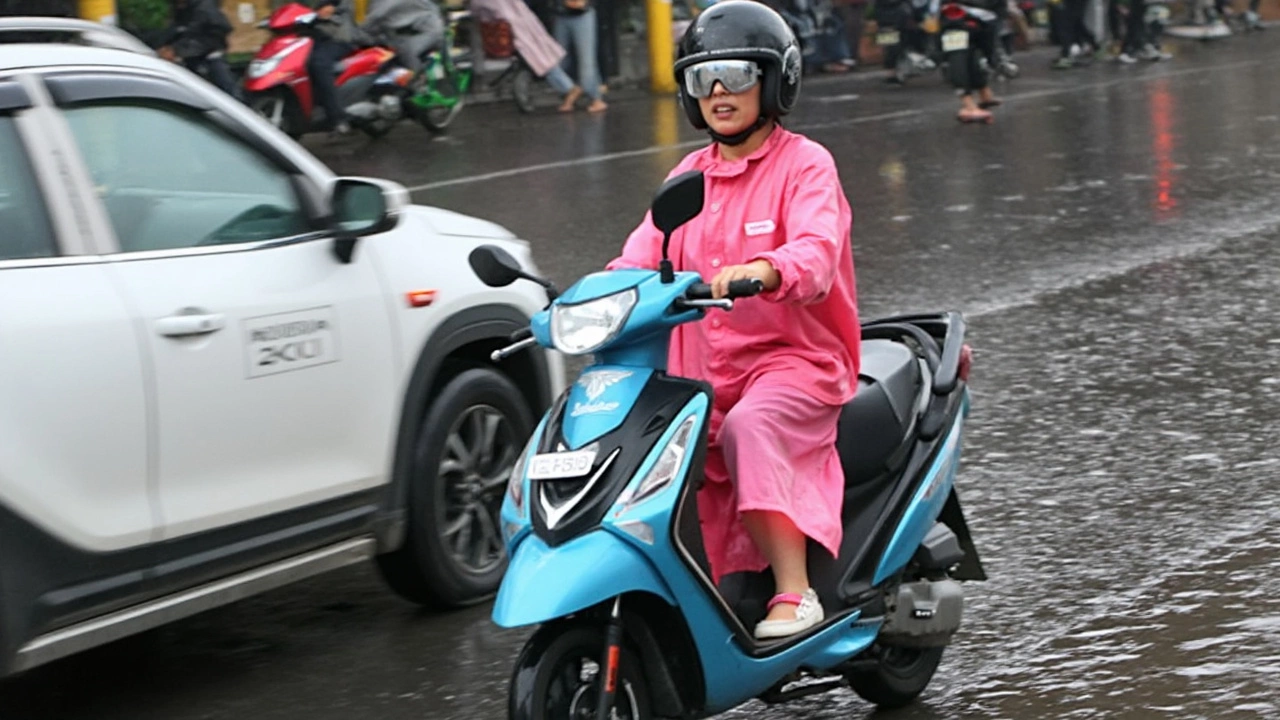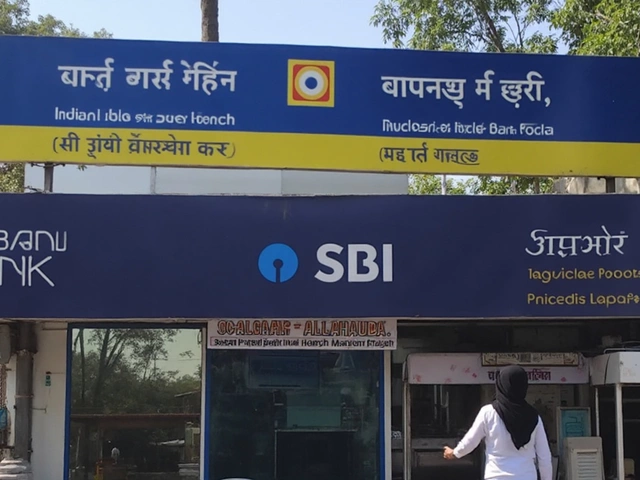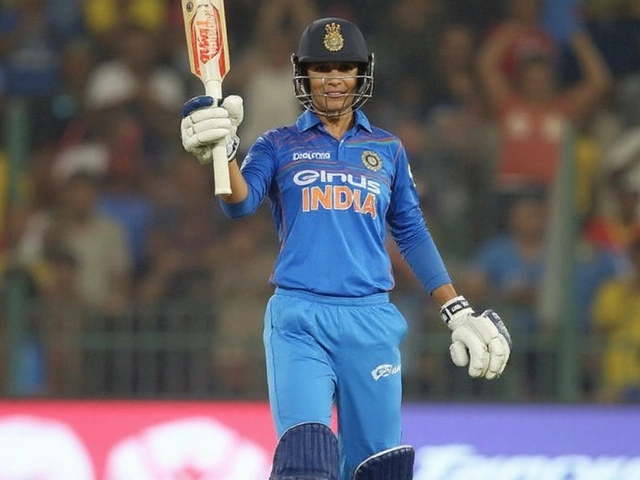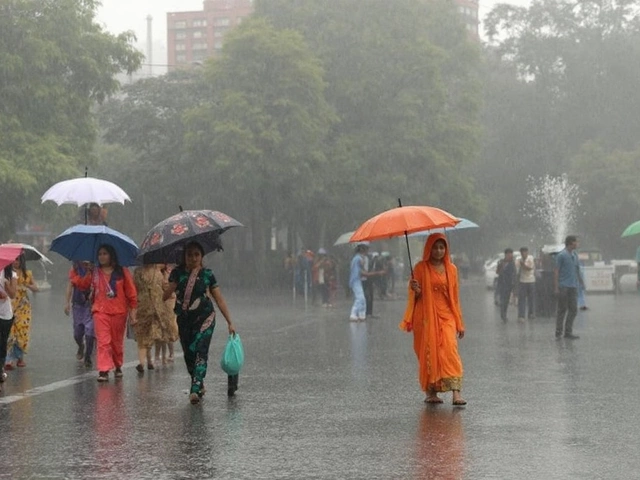Unrelenting Temperatures Shift Everyday Life
June has turned brutal for residents in Gorakhpur, Deoria, and Kushinagar, where the mercury has spiked far beyond comfort. In Gorakhpur, the thermometer hit a staggering 44°C (111°F) on June 16, making it one of the hottest days in recent memory. And it’s not just a one-off: daily high temperatures stubbornly hover around that mark, refusing to give locals any respite. Even overnight lows offer little relief, sinking only to about 35°C (95°F).
Deoria isn’t faring much better. The town clocked a high of 42.7°C (109°F) on June 9 and continues to see scorching days, rarely letting the temperature fall below the triple digits. With the sun beating down relentlessly, families are changing their routines, keeping children indoors and pausing outdoor work in the hottest hours. Meanwhile, Kushinagar reports a June average of 30.6°C (87.2°F), which aligns with the region’s sweltering trend but still pushes people to seek shade and cooler spaces whenever possible.
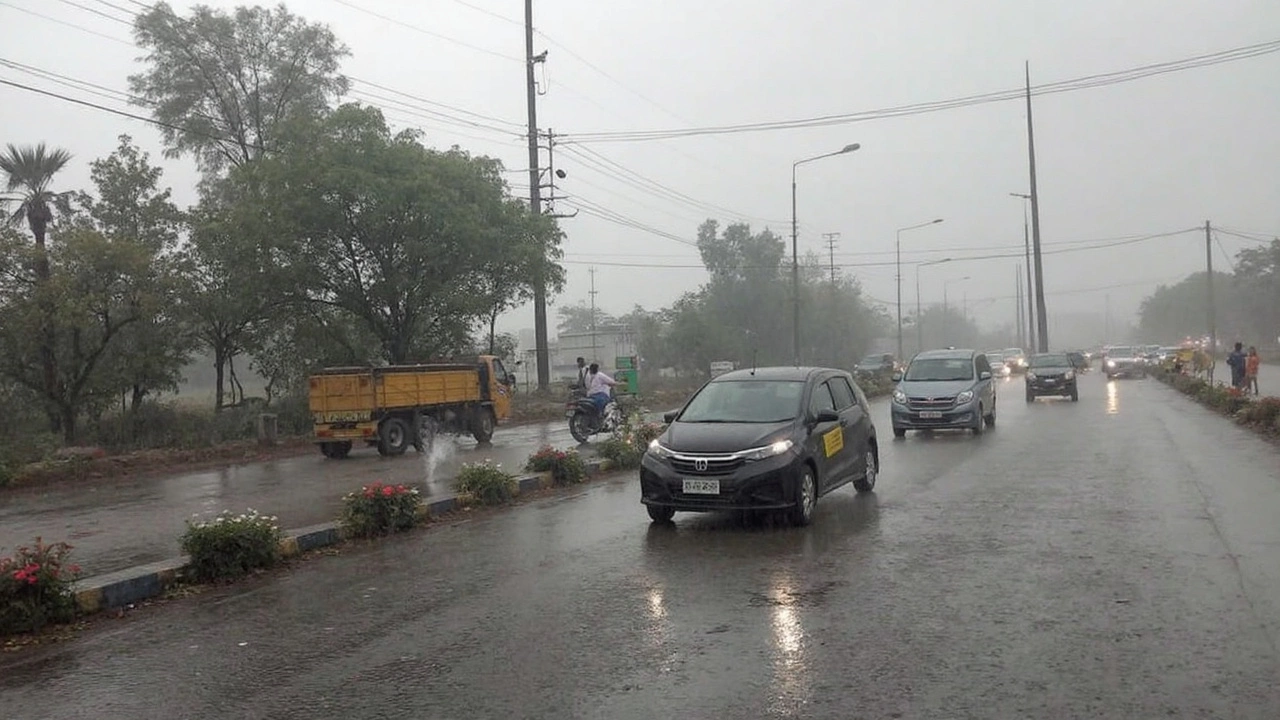
Sudden Downpours, Mixed Signals
The weather isn’t just hot—it's also unpredictable. Despite the heatwave, the skies occasionally open up, bringing sudden rain showers to all three districts. While Uttar Pradesh usually gets anywhere from 3 to 8 days of rain during June, the timing of these showers has caught many off guard. People step out into oppressively hot streets only to get drenched when a surprise cloudburst hits. Carrying an umbrella has become second nature for commuters and shopkeepers alike, trying to balance protection from both sun and rain.
The Indian Meteorological Department (IMD) isn’t mincing words. With warnings about prolonged heatwaves, meteorologists are telling everyone to take this heat seriously. Local hospitals are already treating more cases of heat exhaustion and dehydration as the days wear on. Health experts are stressing the basics: drink more water, avoid staying out in the sun, and check on vulnerable family members, especially the elderly and young children. For outdoor workers, taking frequent breaks in the shade has become vital to avoid serious heat-related illnesses.
Farmers, too, are feeling the pinch of this extreme heat. Irrigation schedules are being juggled to accommodate both the lack of rainfall and the occasional heavy downpour that comes without warning, sometimes threatening to undo careful planting work. Across these three districts, people are adapting as best they can, with resilience shaping daily life under an unpredictable sky.
